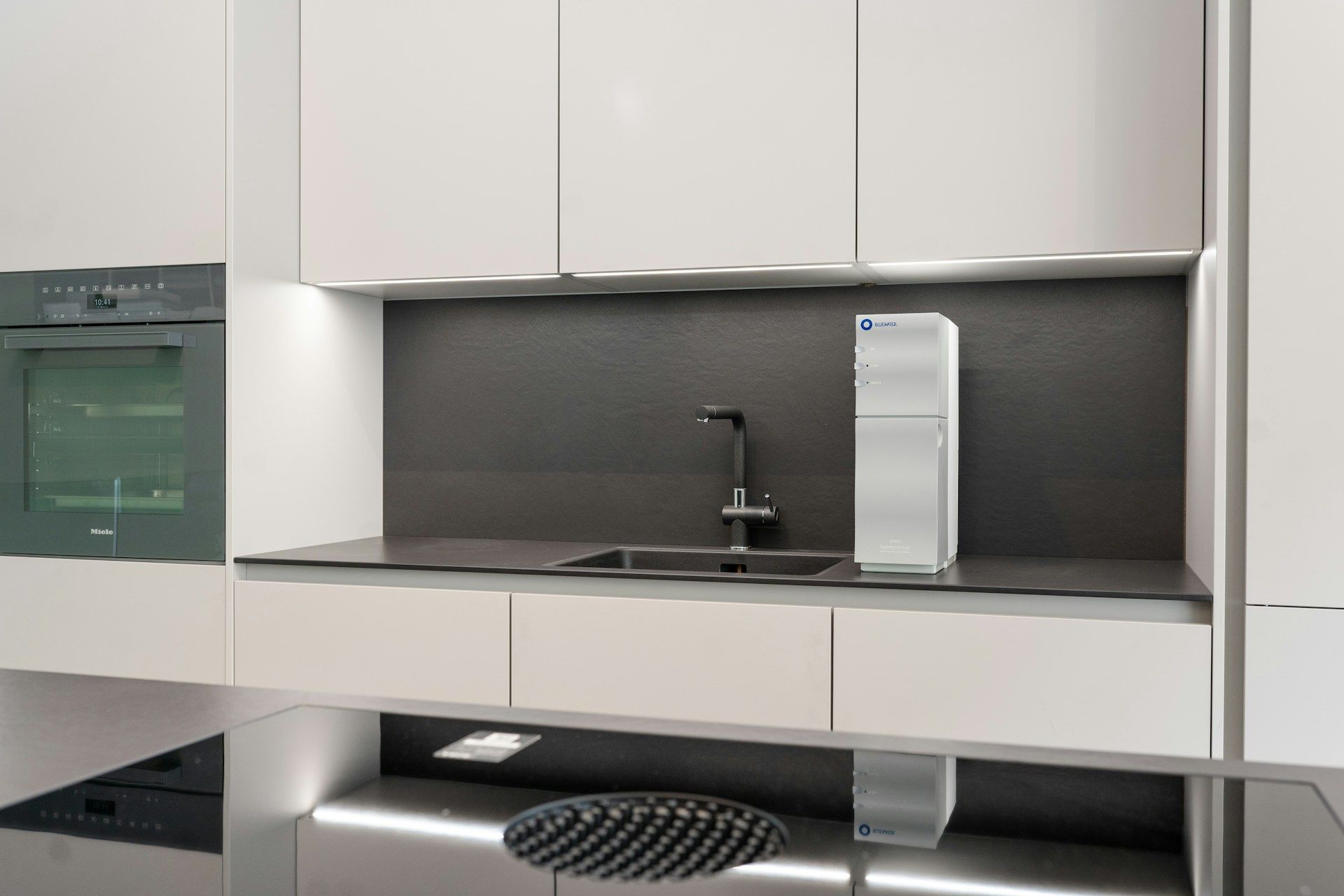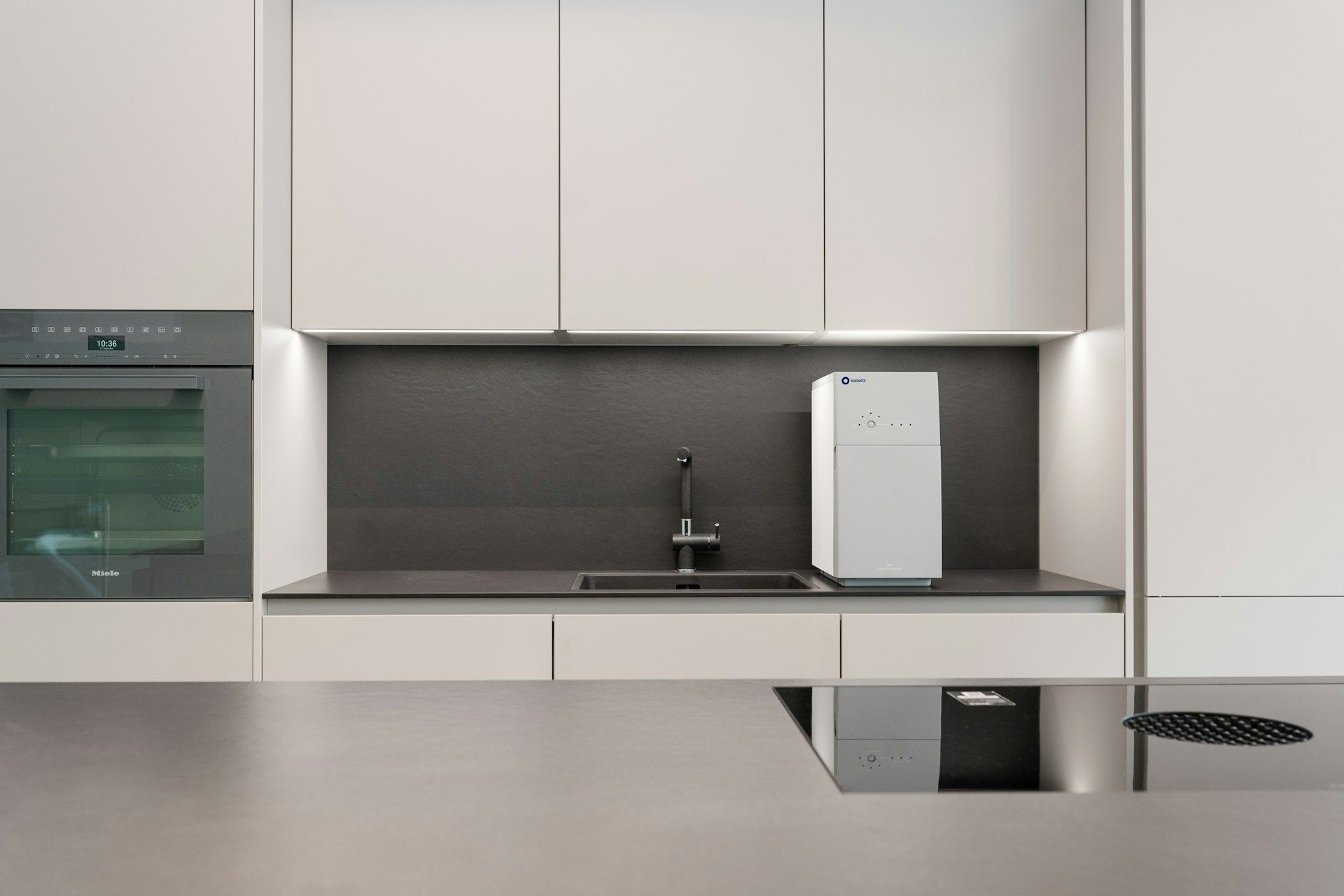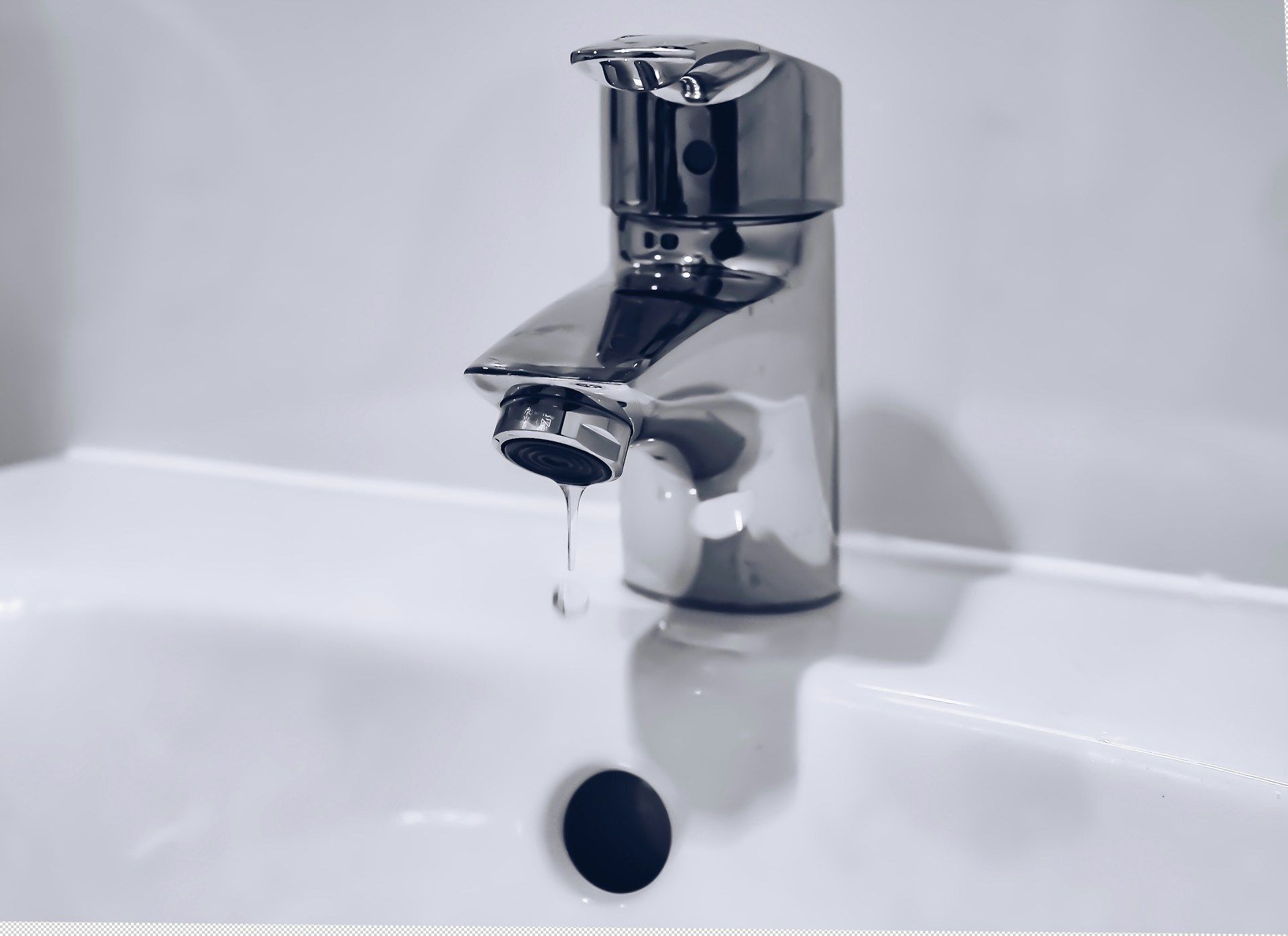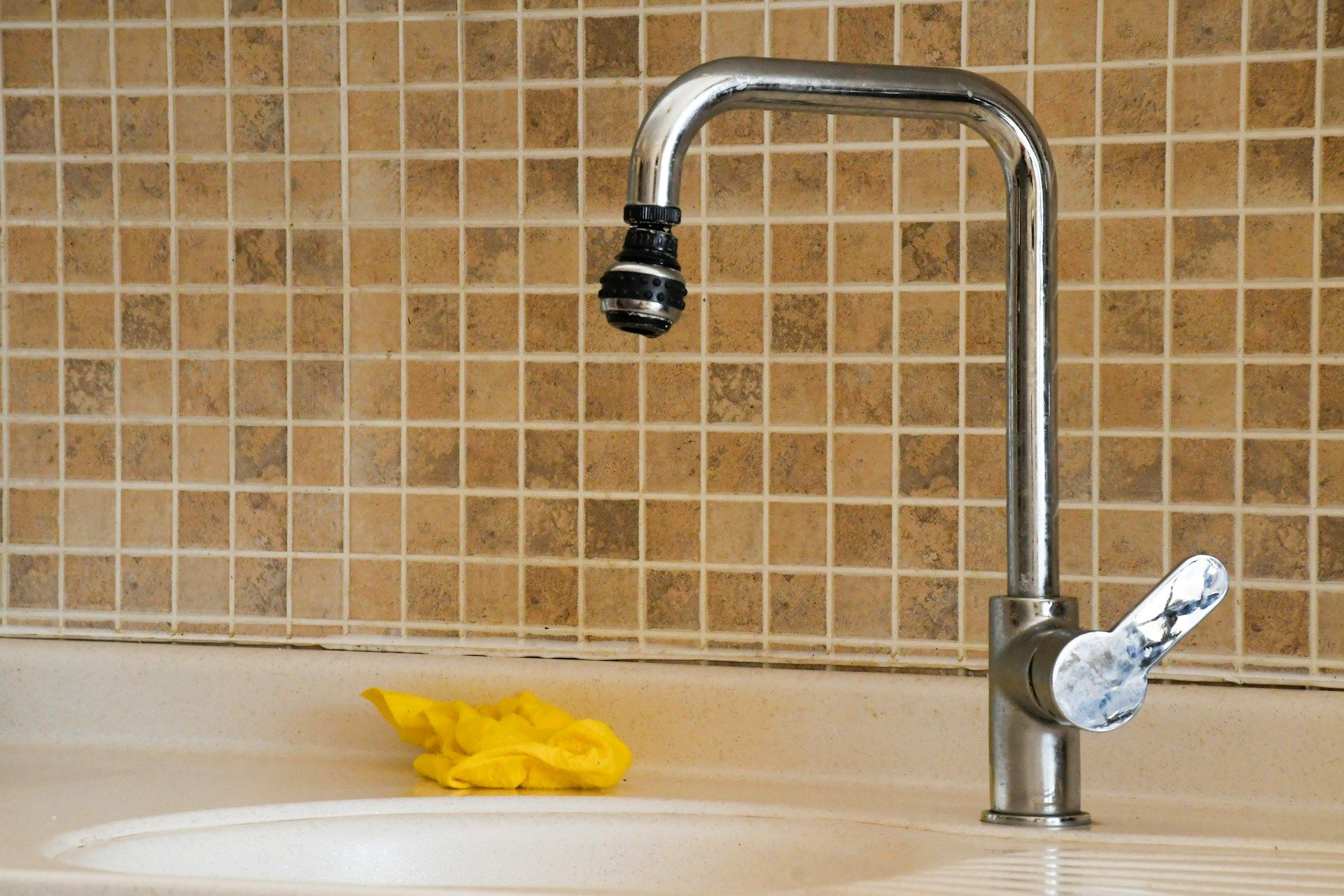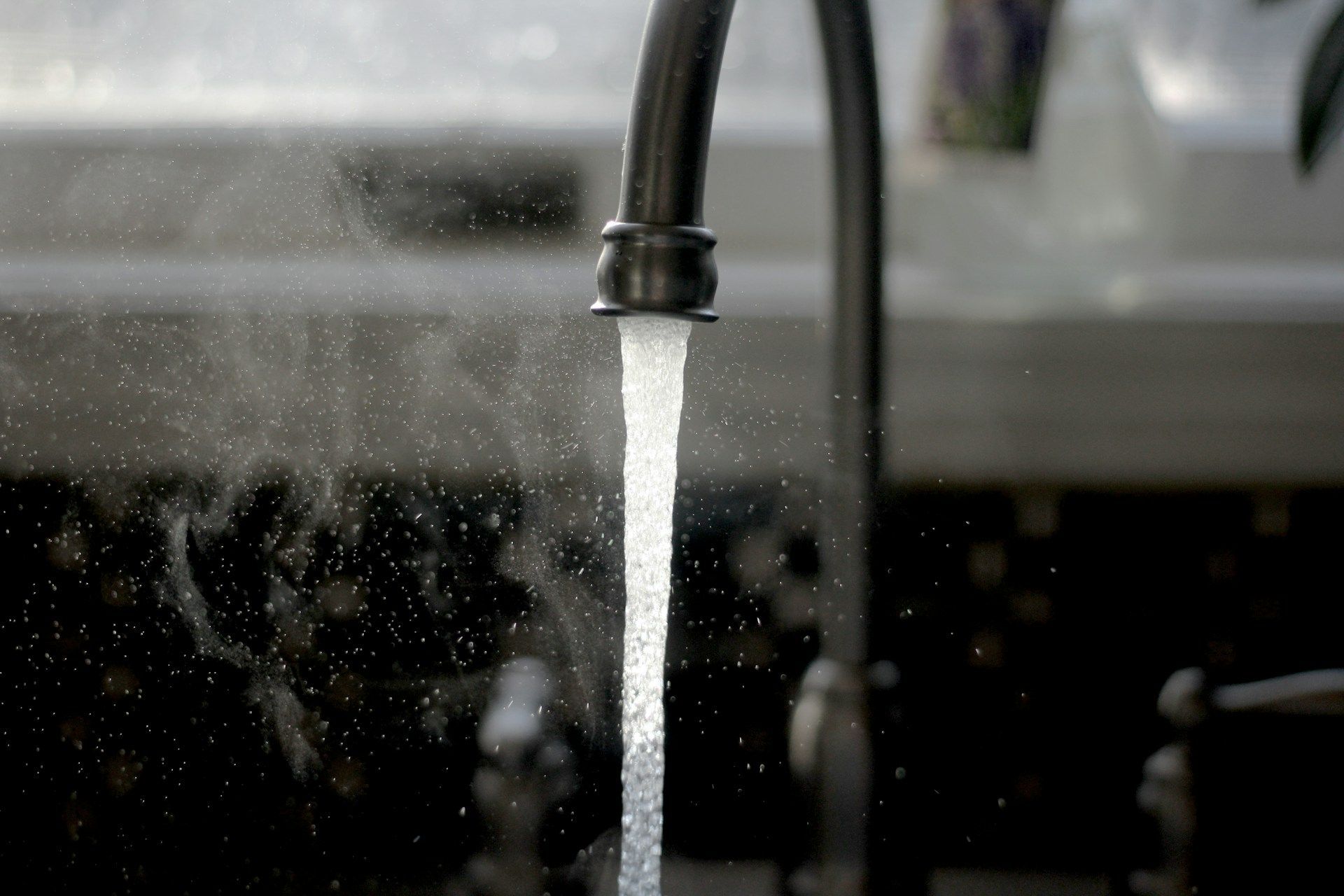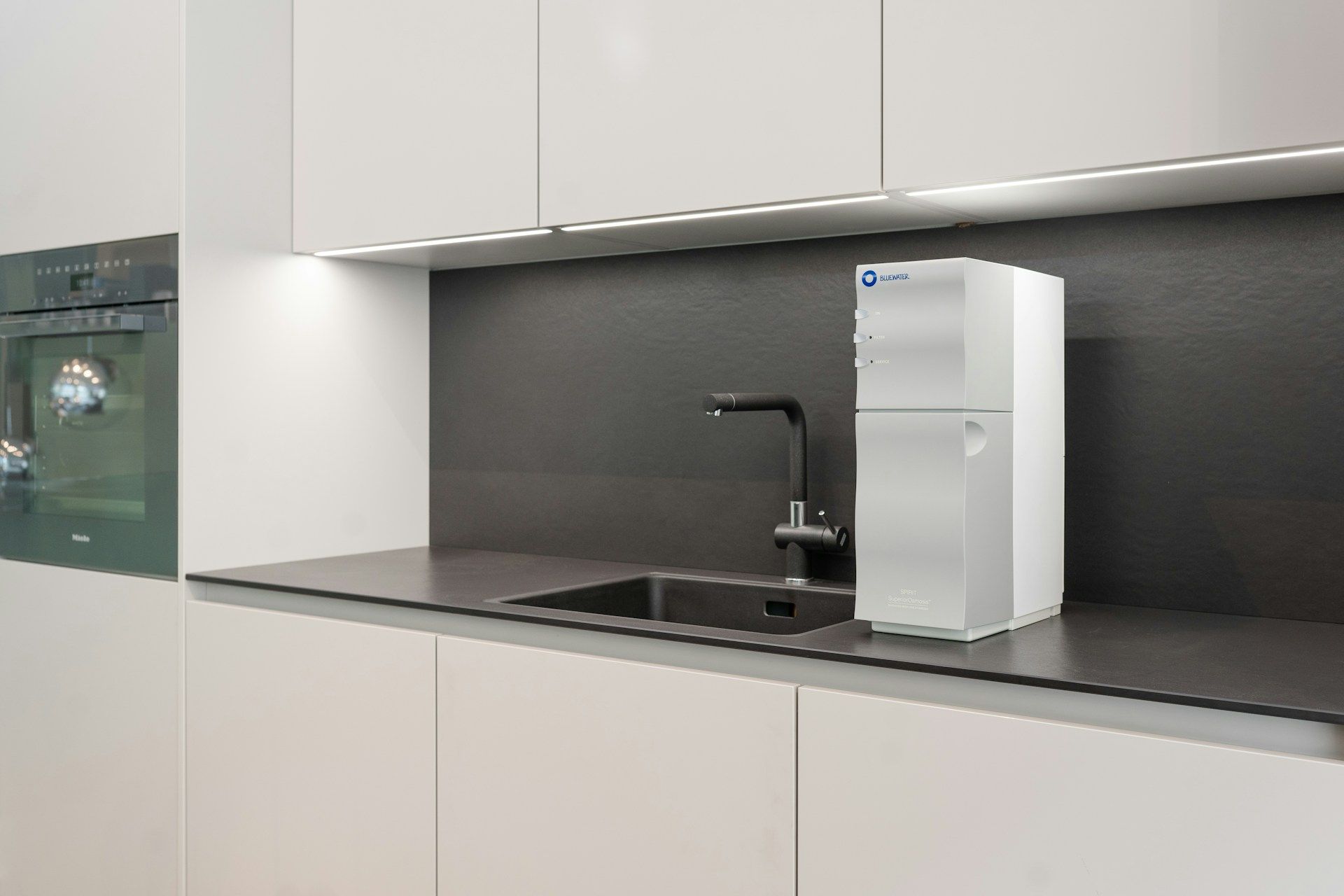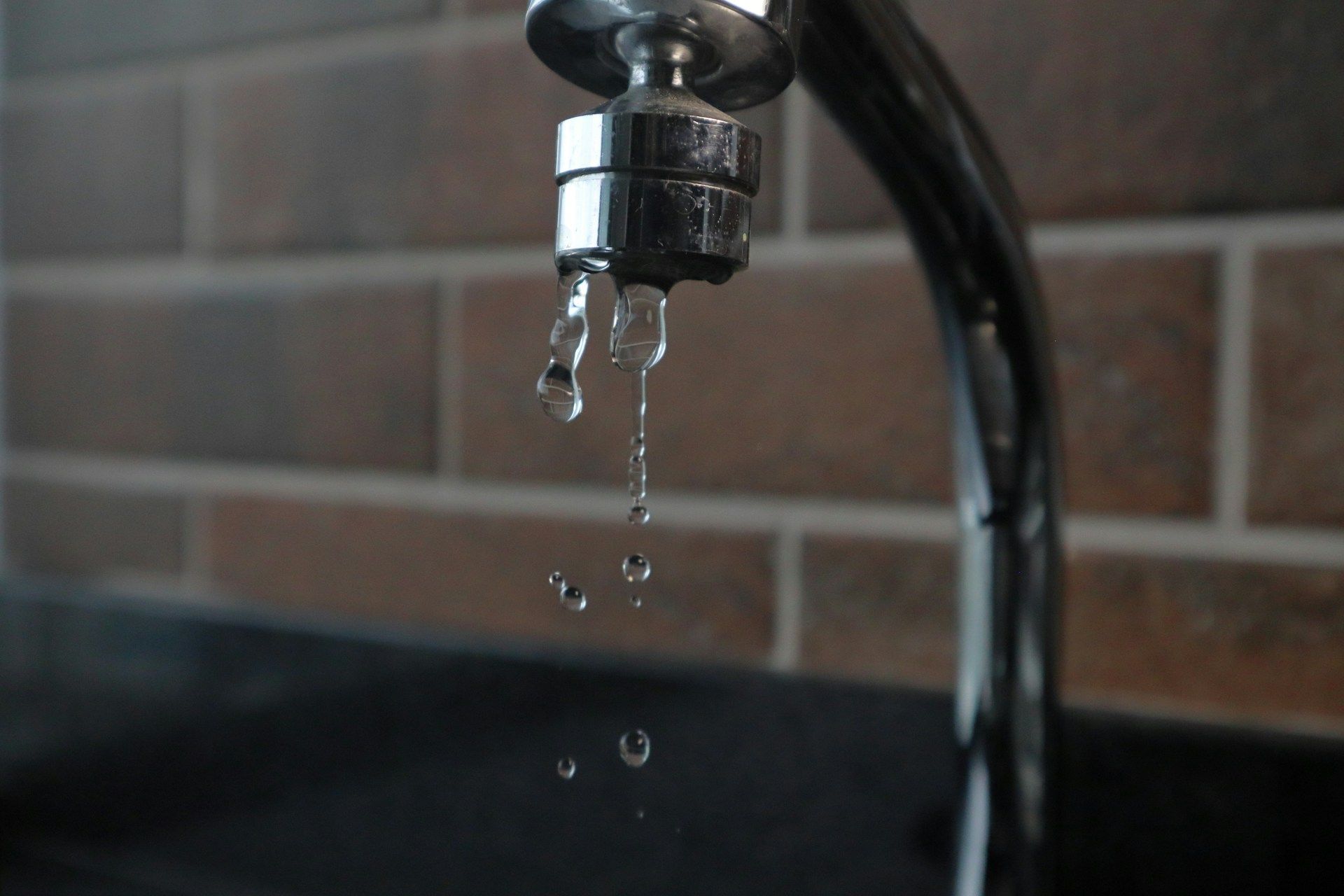When Does Utah County Water Need Extra Treatment
Utah County’s water can shift a lot depending on where your home sits, the time of year, and whether your source is city-treated or private. From Spanish Fork to Lehi, the kind of water coming through your pipes isn’t always the same. That’s why Utah County water treatment sometimes needs more than the basics. It’s not always a matter of urgency. Often, it comes down to making water cleaner, safer, or simply easier to live with day in and day out.
Some homes in Utah County are fine with standard treatment, but many experience small issues that build up over time. These might affect comfort, taste, or appliance performance. The water might be technically "safe," but that doesn't always mean it's pleasant. When things shift seasonally, it doesn’t hurt to be ahead of the curve instead of constantly reacting.
Why Some Water in Utah County Needs More Than Basic Treatment
Not every neighborhood in Utah County pulls from the same water supply. Some have wells that reach deep into mineral-heavy areas. Others depend on municipal water that travels through long pipelines and gets treated with standard chemicals. That mix can leave behind traces of chlorine, iron, sulfur, or other minerals, especially in homes with older plumbing.
In areas close to farming or ranch land, runoff can be a concern too. Even if the water meets basic standards, there can still be tiny shifts that affect taste, especially as the land around it changes with the seasons. Homes can have water that smells totally different from what it did a few weeks ago, just based on which well is running or how much snow has melted.
Every home has its own quirks. Pipes could be aging, the plumbing layout might be complicated, or water sits longer in lines within seasonal residences. These factors bring on strange tastes or slow flow. Standard treatment often doesn't fix those headaches. These are the times when more filtration or the right system can make a real difference.
Signs Your Water May Need Extra Help
Most people can spot changes in their water without a lab test. Some of the most common flags include:
- Water that looks orange, yellow, or cloudy—pointing to sediment or minerals.
- Particles in your glass or grit in the sink right after the tap is turned on.
- Strong chlorine smells, metallic aftertastes, or even musty, earthy odors.
- Laundry that never feels soft, or hair that stays brittle after every wash.
- Soap that doesn’t lather well, streaks on glass, or constant film left behind on dishes.
- Water heaters and appliances that keep clogging up or running harder than usual.
These signs often show up before you realize water is the cause. They add up in daily use and point toward a need to upgrade or add to your current Utah County water treatment.
Times of Year When Treatment Becomes More Important
November often marks a big shift. Cooler nights, early freezes, and people spending more time indoors put more strain on water systems. Pipes and water lines in older homes or second properties might sit idle, letting water absorb more from old plumbing.
As winter moves in and water use ramps up, especially with showers, laundry, and holiday cooking, basic filters and softeners can begin to struggle. It’s not uncommon for filters to clog faster or tanks to wear out just as things get busy. Getting ahead in November means making tweaks or upgrades before cold makes repairs tougher to handle.
Addressing concerns before deep winter gives you the space to adjust filters, swap parts, or set up new add-ons. Waiting until the basement is near freezing or pipes start feeling the strain can turn a small fix into a full project.
Water Science provides testing, RO installs, water softener upgrades, and seasonal filter changes for homes across Utah County. Their team handles both city supply and well water solutions, covering everything from mineral problems to bacteria risks.
What “Extra Treatment” Might Look Like
Upgrading water treatment doesn’t always mean a full system overhaul. Sometimes, adding a carbon filter removes that lingering odor or taste in city water. For those on private wells or with heavy mineral flow, reverse osmosis setups help keep out what lighter filters can miss. UV filters usually target bacteria and can be key for homes located farther out, especially in places with rare or irregular testing.
For some families, it’s about combining what works. One spot in the house may have a water softener that’s working just fine. If drinking water still tastes odd, installing a dedicated filter at the kitchen sink fixes it quickly. Extra treatment can be as simple as picking the right filter for baby bottles or just wanting better ice. With more options, each home can get what it actually needs, not just what’s cheapest or on hand.
How Local Conditions Influence Water Troubles
Water in Utah County is often high in minerals. Areas like American Fork or Pleasant Grove deal with hard water most months. That can mean more calcium or magnesium, putting extra stress on pipes, heaters, and anything using hot water. Other towns may end up with higher sulfur levels or show iron stains on sinks, which can be especially difficult to manage in older homes.
Some neighborhoods have years-long struggles with things like iron discoloration or bacterial issues. If water turns reddish or leaves flimsy marks on tubs, that usually means a problem with iron, either from the supply itself or old pipes inside the house breaking down.
In more rural corners, private wells may go longer between checks, letting bacteria or sediment sneak in after big rain or snowmelt seasons. Having a local provider means you get fixes that work for your water, not just something generic.
When Cleaner Water Starts Feeling Better
Better water isn’t just about fixing emergencies. It’s about comfort, safety, and daily peace of mind. You’ll notice it when your shower doesn’t dry your skin out or your coffee actually tastes right. These are the small perks of going beyond standard Utah County water treatment.
It doesn’t require a huge effort or budget to enjoy those benefits. It’s about fitting solutions to your home’s water and your life. Each improvement adds up—making home feel better, day after day, through every season.
Water in Utah County can be unpredictable, and basic systems don’t always keep up when minerals, chlorine, or other issues show up more often. What works great for one home might fall short just a few blocks away, especially once winter sets in and indoor water use increases. That’s why it’s smart to match your setup to the water you actually have. At Water Science, we help homeowners get more reliable results without making things complicated. Let’s talk about your options for Utah County water treatment before cold weather makes it tougher to manage.

